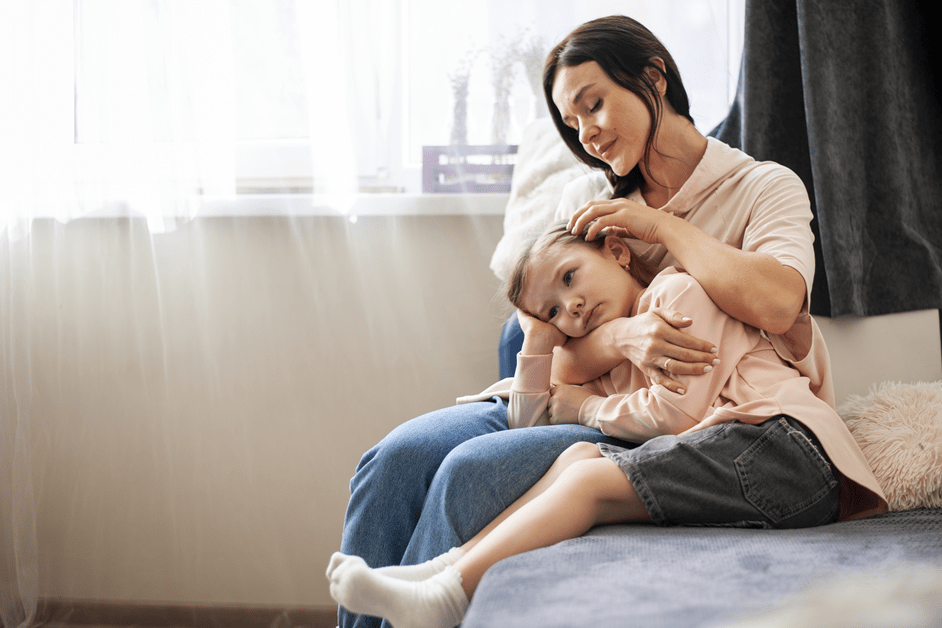Child development is the process by which a child develops over time, including physical growth as well as intellectual, verbal, emotional, and social development. While these factors are frequently evaluated independently, each has an impact on the other. For example, as the brain grows physically, so does its ability to think. This helps a child to thoroughly explore their social surroundings, develop emotional responses to them, and further develop the language necessary to explain it.
A variety of factors influence the course and advancement of a child's development, like family, society, health, economics, and culture. Additionally, nutrition, affluence, parenting methods, education, and peer contact also play an important role.
Understanding your child’s growth and development
By understanding your child’s growth and development, you can support your child in a better way at each stage. While each child develops at their own pace, there is a general pattern to their development. You'll notice changes in their height, the way they think, talk, learn, understand, how they control their emotions, and how they connect with and get along with others. When your child is learning a new set of skills or improving on the ones they already have, they are developing throughout a specific period. Each stage of development builds on the previous phases and lays the groundwork for future stages, each with its own set of milestones.
Here are the developmental milestones you should look for:
0-2 months
- Eats and sleeps randomly with no set pattern—this becomes more consistent with the time.
- Elevates their head up when on their tummy.
- Begins to make the smoother leg and arm movements.
- Starts to recognize familiar voices.
- Scared by loud noises.
- Begins to strive to obtain and hold your attention.
2-4 months
- Holds their head steadier.
- Eats and sleeps at more consistent periods.
- Begins to kick and squirm.
- Copies some facial expressions.
- Begins to laugh and copy some sounds they hear.
- Explores by looking around.
4-6 months
- Puts items in their mouth.
- Rolls back and forth on their tummy.
- Sits for brief periods of time with help.
- Responds when you call their name and enjoys playing with others.
- Explores by reaching, grabbing, and placing items in their mouth.
- Begins to babble and produce a lot of sounds such as 'ah' and 'oh', 'm' and 'b’.
6-12 months
- Sits with support, later without support.
- Resists feeding, dressing, and undressing.
- Teeth start to come in.
- May roll in both directions and crawl.
- Pulls themselves to standing positions and walks by holding your hand or furniture.
- Enjoys games such as ‘peek-a-boo’ and ‘pat-a-cake’.
- Makes more and different sounds.
- Starts recognizing simple words and phrases; understands the word ‘no’.
- Shows interest in the food we eat.
- Responds to their own name.
- Points to things they know.
1-2 years
- Stands up on their own, walks holding your hand, and eventually crawls up and down the stairs on their own.
- Develops food preferences and dislikes.
- Scribbles with crayons.
- Has temper tantrums.
- Follows basic directions.
- Begins to pretend play and speaks more words which may not be understandable.
- Enjoys simple stories, songs, picture books, and rhymes.
3-4 years
- Eats with a spoon and fork.
- Dresses and undresses.
- Uses paints, pencils, and crayons to create shapes and faces.
- Does simple chores with some assistance and direction.
- Enjoys playing with other children.
- Employs imagination and themes in pretend play.
- Sings basic songs and recites rhymes from memory, has a highly active imagination, and recounts short tales.
5 years
- Improves coordination and complex skills.
- Enjoys rule-based activities.
- Has a better understanding of what is right and wrong.
- Gets upset by things that are not fair or 'not right'.
- Has a longer attention span.
- Speaks in greater depth, uses sentences, and correctly pronounces a majority of words.
The role of play in your child’s development
Baby activities aren't just for entertainment. In addition to bonding, playing will assist your child in reaching important developmental milestones in improving their gross motor skills, social skills, language and so much more.
Here are a few age-appropriate activities for your child that can help in their development:
0-12 months
- Rattles and musical toys.
- Soft squeeze toys and balls.
- Bright pictures.
- Talking and singing to your infant.
- Pleasant facial expressions.
- Teethers.
- Large stuffed animals.
1-2 years
- Drawing and coloring books.
- Push-pull toys.
- Building blocks.
- Make-believe toys (i.e. dinner sets and tools).
- "Peek-a-boo" games.
- Color matching activity.
- Learning shapes activities.
- Introducing playdough to your child.
3-5years
- Picture and storybooks.
- Dolls and stuffed toys.
- Simple puzzles.
- Non-toxic arts and crafts.
- Construction, sand, and water toys.
- Three and four-wheel riding toys
It's never too early to start reading to your baby, singing to him, or engaging in other baby activities to stimulate development.
Kindersteps provides you with thousands of daily recommended activities, tips, development tracking tools and so much more. This ensures that your child is on track for their age and helps your child develop in the best possible way.

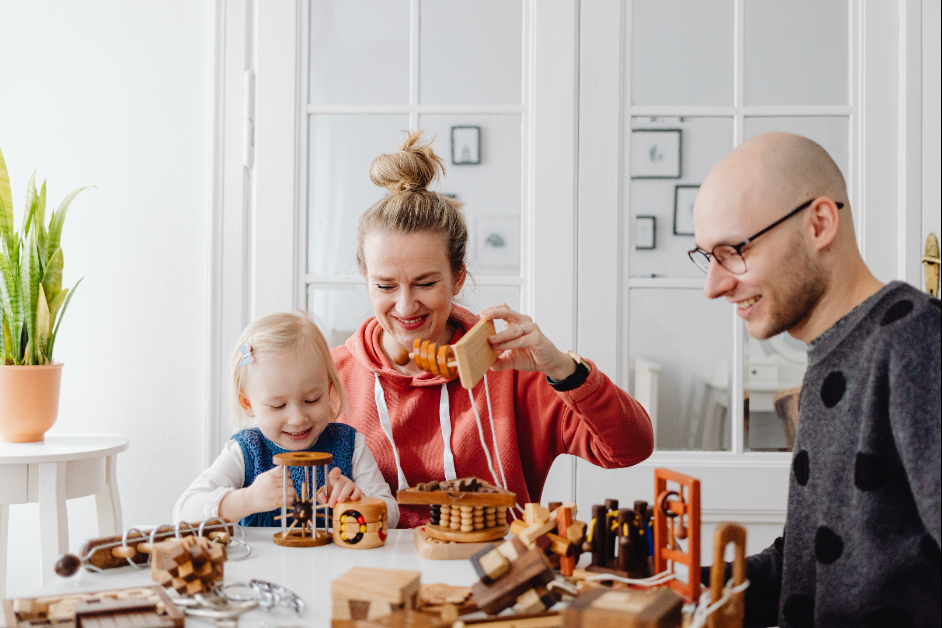
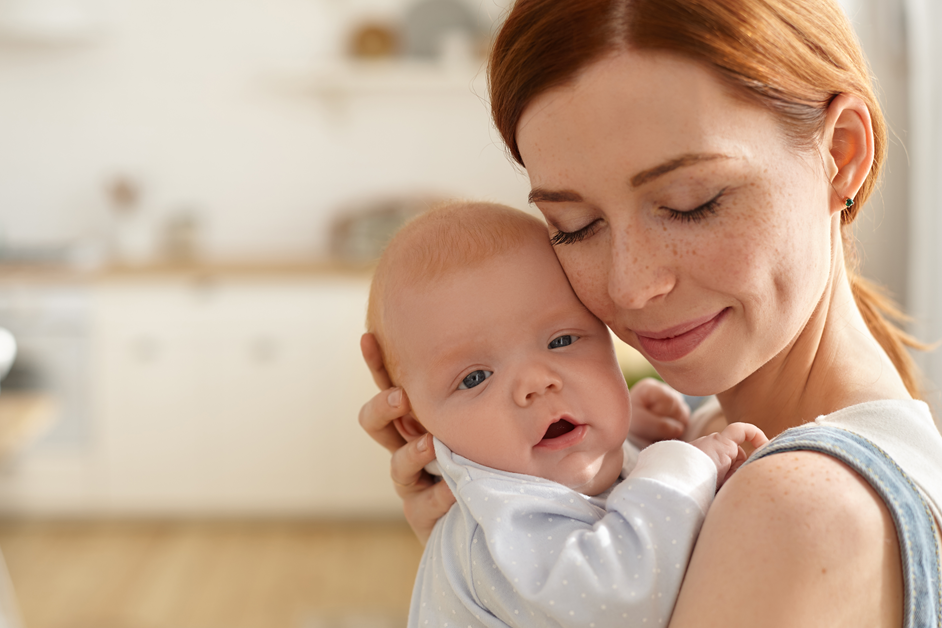
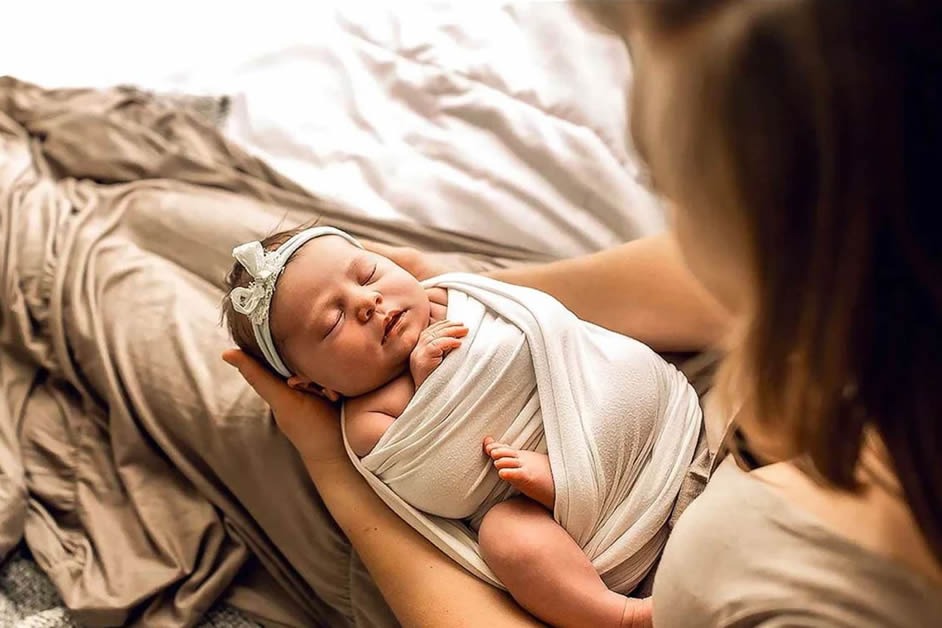
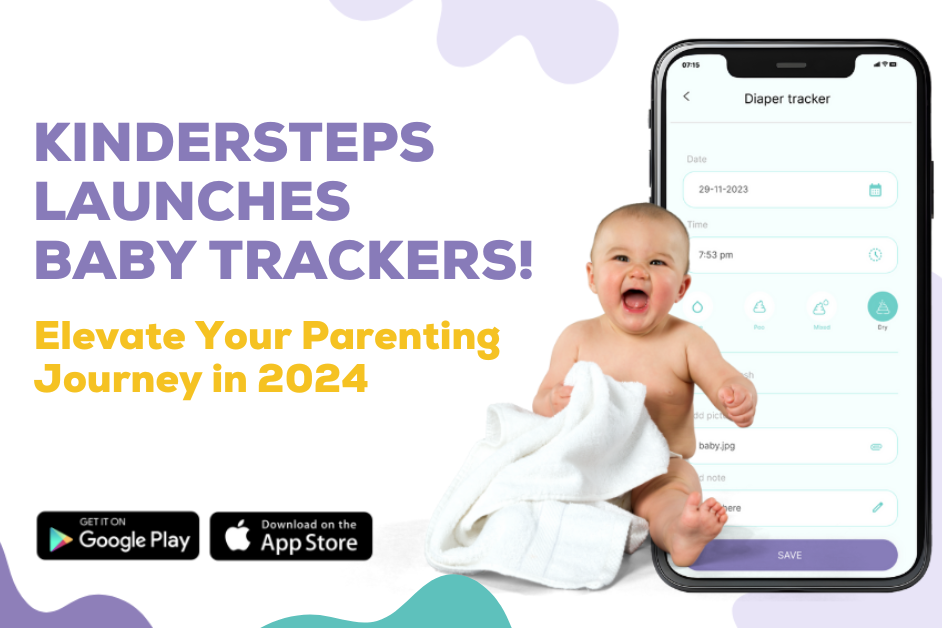
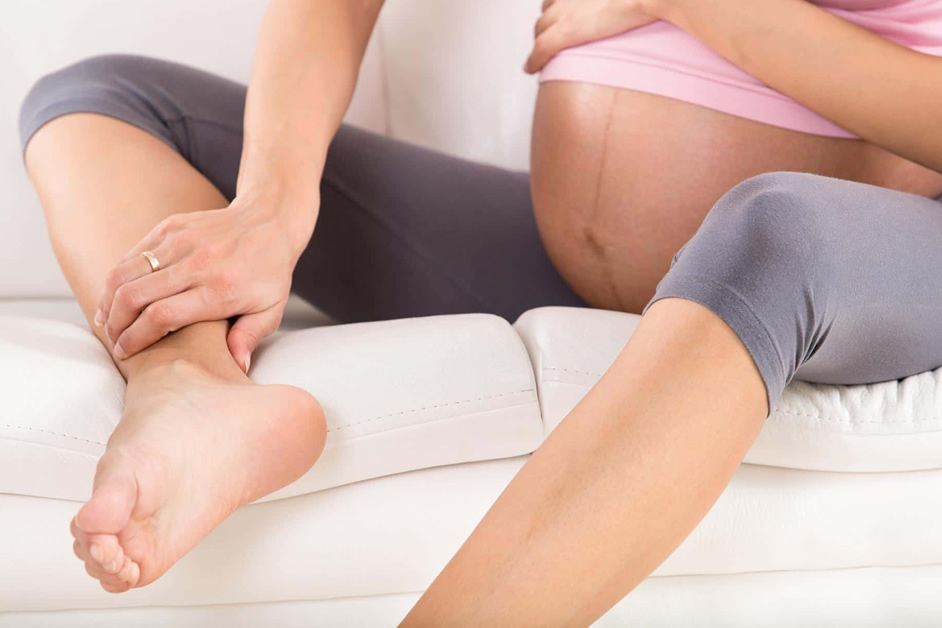
.jpg?alt=media&token=166b64a9-274c-400c-95e4-baf0013e7e43)
